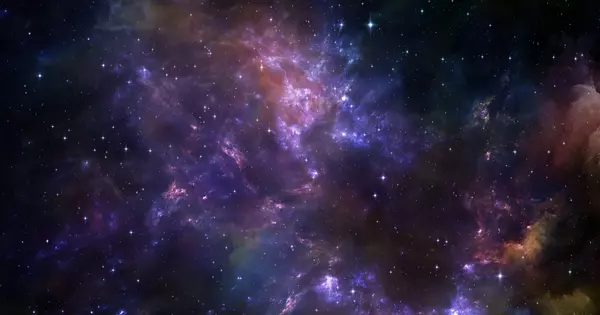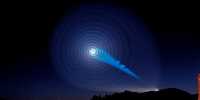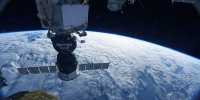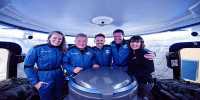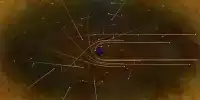New satellite images of NASA’s DART mission, which successfully crashed a spacecraft into an asteroid more than 11 million kilometers (6.8 million miles), have been made public. They show the project’s before and after pictures.
First pictures of the vital time of impact and the aftermath of the collision have been made public by the Italian Space Agency from the tiny Light Italian Cubesat for Imaging of Asteroids (LICIACube) spacecraft, which was DART’s companion until it was released 15 days ago.
“a picture was taken before and after the impact. The flash caused by DART’s influence is visible “Italian National Institute of Astrophysics (INAF) Science Team Lead Elisabetta Dotto stated at a press conference.
An unmanned spacecraft collided with the asteroid moonlet Dimorphos on Monday during the first-ever DART mission. Dimorphos is a small body with a diameter of only 160 meters (530 feet) and orbits the Didymos, a larger asteroid measuring 780 meters (2,560 feet) in diameter. In order to get a bird’s eye perspective of the action, LICIACube was dispatched.
According to Italian Space Agency Program Manager Simone Pirrotta, “everyone knew it was an extremely risky operation.”
Surprisingly, the spacecraft missed the asteroid by barely 17 meters. Not bad for a collision that occurred at 6.6 km/s with an asteroid that had traveled over 11 million kilometers.
While impacting Dimorphos, the DART impactor was able to record some amazing live photographs, but the spacecraft was obliterated in the process.
“It is simply amazing to witness the DART mission’s successful demise as it collided with the small asteroid Dimorphous. Professor Jonti Horner, an astronomer, and astrobiologist at the University of Southern Queensland in Australia said, “It’s actually a little surreal. I think it’s only the second time I’ve seen astronomers so thrilled to see a spacecraft destroyed. But in this case, that destruction tells the story of a job very well done.
The sensational spectacle is finished, but now the crucial part begins. To understand how DART’s impact changed the asteroid’s orbit around Didymos, astronomers are closely monitoring Dimorphos. These recent LICIACube photos are giving us a sneak peek of that.
The science may now begin. We can gain additional knowledge about the mechanics of impacts into small bodies, momentum transfer, and the potential use of artificial impactors to drive asteroids out of their orbits from this single impact event. Although impact simulations have been produced in the past, this has never been done before, according to associate professor Katarina Miljkovic of Curtin University’s Space Science and Technology Centre.
The JWST and the ATLAS project, among other telescopes and observatories, also captured the activity. Keep an eye out because you’re likely to see a ton more amazing photos from this risky expedition in the upcoming weeks.
